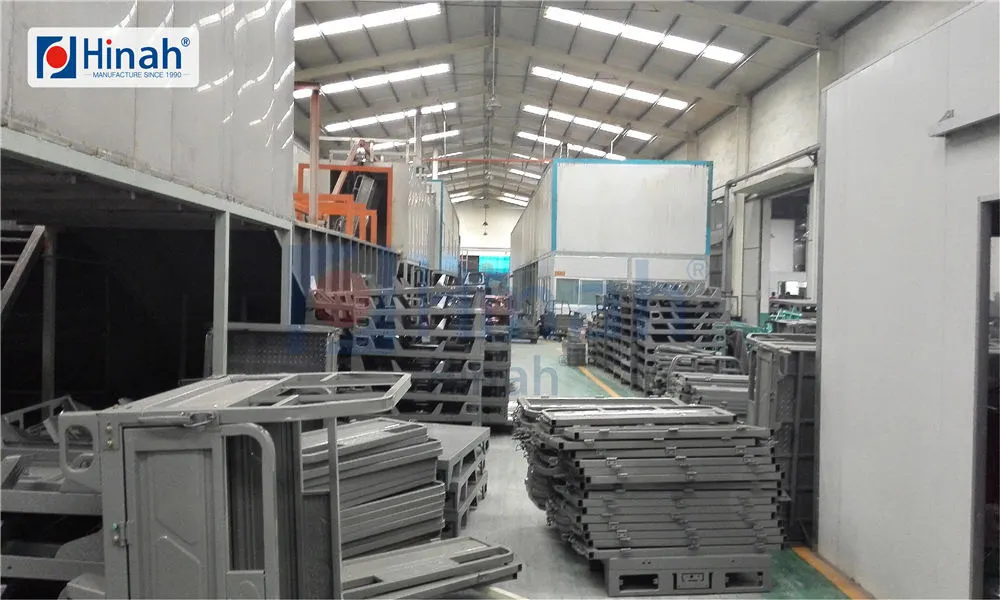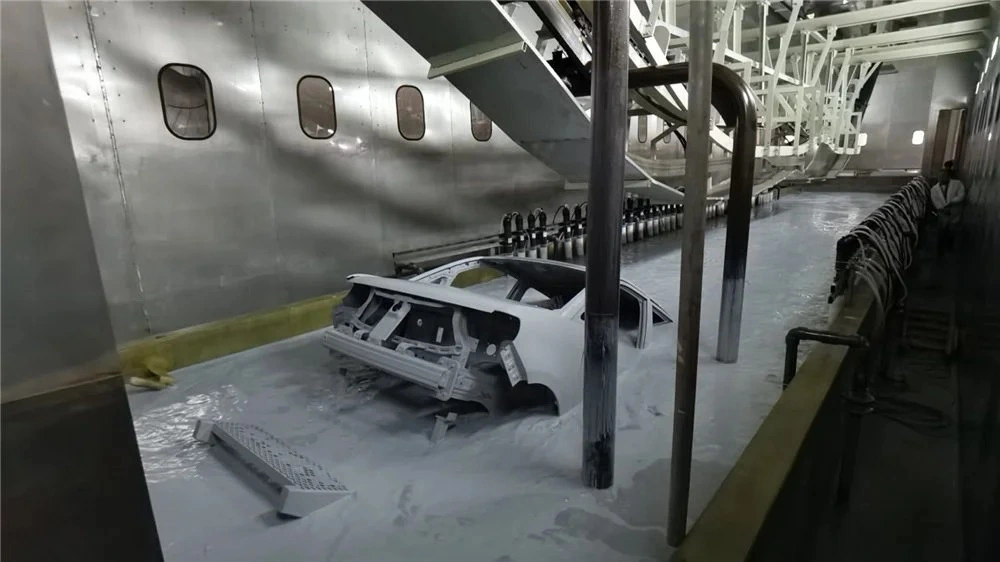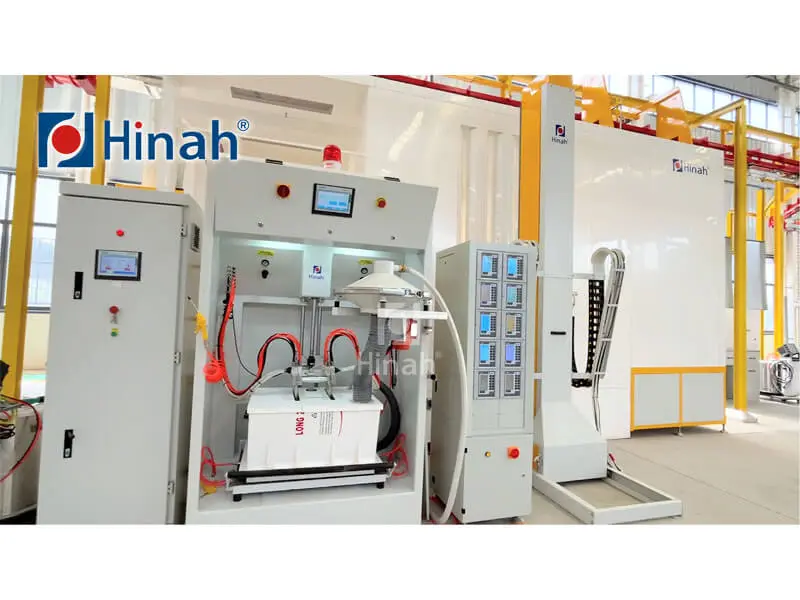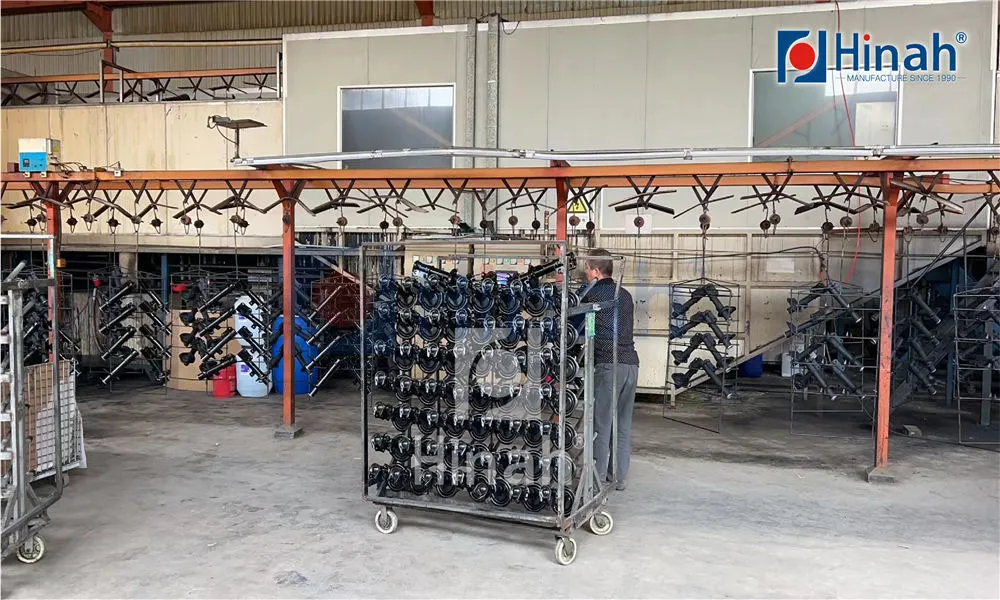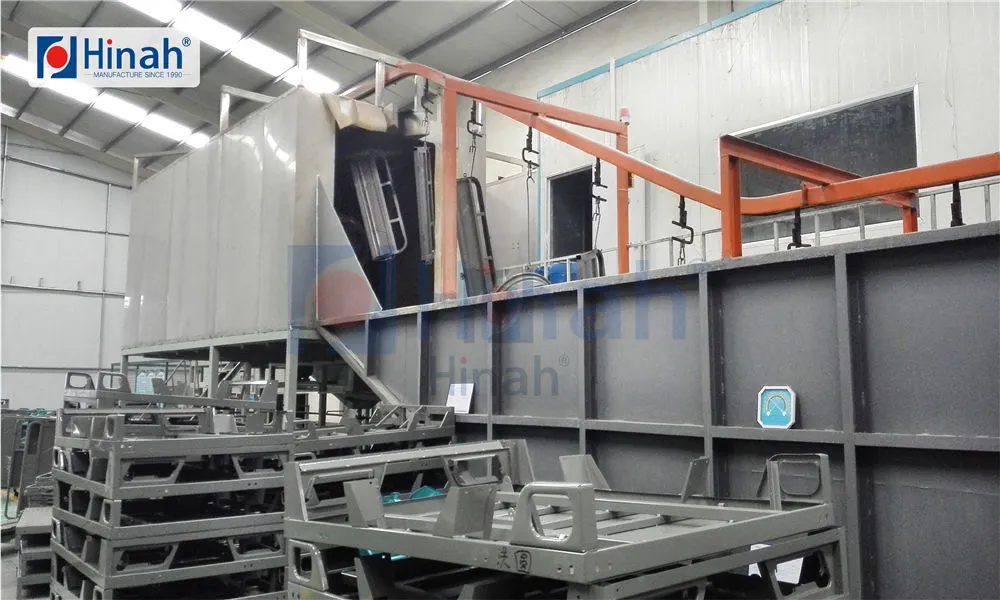In the precise world of industrial manufacturing, particularly within the international powder coating sector, the difference between a flawless finish and a costly rejection often lies in the final curing stage. The composite curing oven is not just a piece of equipment; it's the critical component that transforms a carefully applied powder into a durable, high-performance coating. For engineers, plant managers, and procurement specialists, selecting the right oven is a strategic decision impacting productivity, quality, and the bottom line.
This definitive guide will walk you through everything you need to know about composite curing ovens, ensuring you make an informed investment that aligns with your production goals.

Understanding the Role of a Composite Curing Oven
At its core, a composite curing oven is designed to provide controlled, uniform heat to a substrate coated with a powder material. The heat initiates a chemical cross-linking reaction within the powder, causing it to flow, gel, and finally cure into a solid, continuous film. The term "composite" often refers to the advanced construction of the oven itself, utilizing a combination of materials like insulated panels and high-efficiency heating systems to achieve superior performance. In powder coating, this process is non-negotiable for achieving properties like corrosion resistance, impact strength, and aesthetic appeal.
How a Modern Composite Curing Oven Works
Modern composite curing ovens are marvels of thermal engineering. Unlike simple heated boxes, they are designed for precision.
Heating: The oven elevates the internal temperature to a specific setpoint, typically between 150°C and 220°C (302°F - 428°F), depending on the powder specification. Heating can be achieved via electric elements, natural gas, or infrared emitters.
Airflow and Circulation: Powerful fans create turbulent airflow within the chamber. This is the most critical factor for uniformity, ensuring no cold spots exist and every part of the product reaches the required Metal Temperature (PMT).
Curing Phase: The products remain in the oven for a precise "dwell time" at the target temperature. This is not about air temperature but the part's core temperature. A well-designed composite curing oven maintains a tight temperature tolerance (±5°C) across the entire workspace to guarantee consistent results.
Cooling: After curing, products are often moved to a cooling zone to stabilize before handling.
Key Factors to Consider When Selecting Your Oven
Choosing a one-size-fits-all oven is a common pitfall. Your operation's success depends on a customized solution. Here are the critical parameters to discuss with a supplier like HANNA.
Production Throughput and Oven Size: Calculate your current and projected future volumes. This determines the physical dimensions and heat capacity required. Consider both the size of your largest products and the conveyor system (e.g., overhead monorail, belt).
Heat Source: Electric vs. Gas: The choice often comes down to operational costs and facility capabilities. Gas is generally more cost-effective for high-volume operations, while electric offers simpler installation and precise control.
Temperature Uniformity: This is the hallmark of a high-quality composite curing oven. Insist on data from the manufacturer proving temperature variance across the chamber is minimal. HANNA ovens, for instance, are engineered to provide exceptional uniformity, which is vital for complex geometries.
Control System: A user-friendly, programmable logic controller (PLC) is essential. It should allow for easy setpoint adjustment, dwell time programming, and provide comprehensive data logging for quality control.
Insulation and Construction: The composite walls of the oven should feature high-density insulation with low thermal conductivity. This improves energy efficiency, reduces ambient plant temperature, and ensures a safer work environment.
The Critical Advantage of a Customized Composite Curing Oven
While standard models exist, the true power of a composite curing oven is unlocked through customization. A customized composite curing oven from HANNA is designed around your specific product mix and production constraints.
Unique Product Shapes: Complex parts with deep recesses or varying thicknesses require tailored airflow patterns to prevent under- or over-curing.
Specialized Powder Formulations: Some powders, such as those for low-temperature curing or containing special effects, demand precise thermal profiles that only a customized oven can reliably deliver.
Spatial Constraints: HANNA can design vertical or tunnel-style ovens to fit within limited floor space, maximizing your facility's layout efficiency.
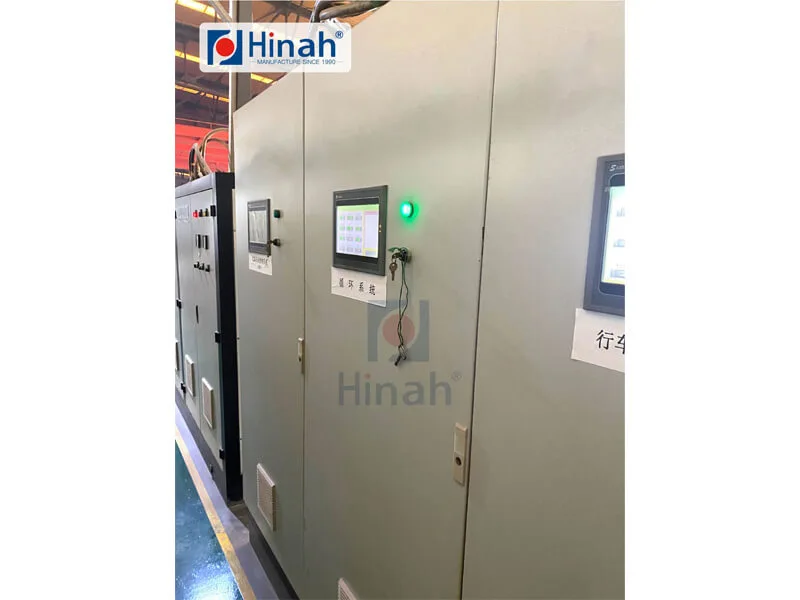
HANNA: Your Partner in Advanced Curing Technology
At HANNA, we understand that a composite curing oven is a long-term investment. Our approach goes beyond selling equipment; we provide integrated thermal solutions. With decades of experience serving the global powder coating industry, our engineers specialize in developing customized composite curing oven systems that drive efficiency, reduce waste, and deliver unparalleled finish quality. Our commitment to robust construction, intelligent control, and unwavering technical support has made us a trusted name on the international stage.
Investing in the right composite curing oven is a decisive step toward optimizing your powder coating line. By thoroughly understanding your process requirements and partnering with an experienced manufacturer like HANNA, you can secure a system that not only meets today's demands but also scales for tomorrow's challenges. A well-engineered composite curing oven is the heart of a quality-driven coating process, ensuring every product that leaves your facility carries a durable, perfect finish.
Frequently Asked Questions (FAQs) About Composite Curing Ovens
Q1: What is the most common cause of curing defects in a composite curing oven?
A1: The most common cause is inadequate temperature uniformity and incorrect part metal temperature (PMT). If airflow is poorly designed or the oven lacks sufficient heat capacity, parts will not heat evenly, leading to under-cured (soft, sticky) or over-cured (brittle, discolored) areas. Ensuring your composite curing oven is correctly sized and validated for thermal performance is crucial.
Q2: How can I reduce the energy consumption of my composite curing oven?
A2: Significant energy savings can be achieved by opting for a high-efficiency composite curing oven from HANNA. Key features include superior insulation, recirculating airflow designs, heat recovery systems that preheat incoming air, and precise PLC controls that prevent overheating. Regular maintenance of seals and burners also maintains peak efficiency.
Q3: Can a composite curing oven be used for substrates other than metal?
A3: Yes, with careful consideration. While designed for metals like steel and aluminum, powder coating is also applied to certain heat-stable composites and medium-density fibreboard (MDB). The thermal profile must be meticulously developed to avoid damaging the substrate. A customized composite curing oven with precise temperature control is essential for these specialized applications.
Q4: What maintenance does a composite curing oven require?
A4: Regular maintenance is vital for longevity and safety. This includes periodic inspection and cleaning of burners or electric elements, checking and lubricating fan motors, verifying air seals for integrity, and calibrating temperature sensors. HANNA provides comprehensive service manuals and support contracts to ensure your oven operates reliably.
Q5: Why should I choose a customized oven from HANNA over a standard off-the-shelf model?
A5: A standard oven forces you to adapt your process to its limitations. A customized composite curing oven from HANNA is engineered to fit your exact process, product mix, and facility. This results in higher first-pass yield rates, lower energy costs per part, greater flexibility for future products, and ultimately, a faster return on investment and a stronger competitive advantage.


